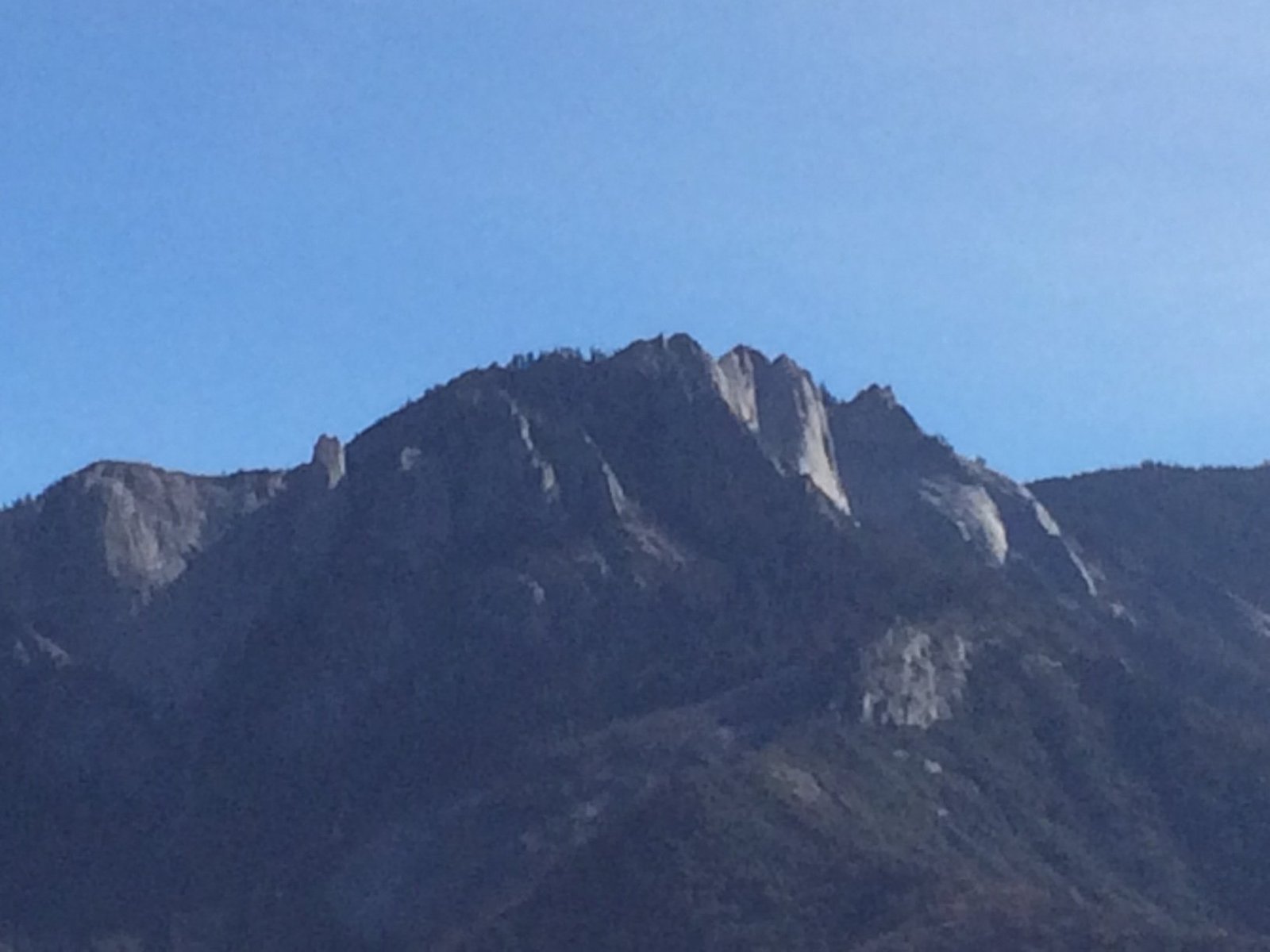Bighorn sheep in Sequoia National Park are a remarkable species, inhabiting rugged terrain from 4,790 to 14,100 feet elevation. These majestic creatures prefer open, rocky areas with sparse vegetation, allowing them to spot predators easily. Conservation efforts have helped increase their population from a mere 100 in 1995 to over 500 today, spread across 11 herds. Sequoia National Park provides crucial habitats like Big Arroyo and Laurel Creek, offering summer forage and protection from disease transmission risks associated with domestic sheep.
What Are the Specific Habitats of Bighorn Sheep in Sequoia National Park?

Bighorn sheep in Sequoia National Park thrive in diverse habitats characterized by:
- Elevation Range: 4,790 feet to over 14,100 feet
- Vegetation Types: Sparse, open areas with grasses, herbaceous plants, and shrubs
- Geographic Features: Steep slopes, canyons, and alpine regions
Key areas within the park include:
- Big Arroyo
- Laurel Creek
These locations offer ideal summer habitats with:
- Adequate forage
- Distance from domestic sheep grazing areas
- Reduced disease transmission risks
How Has the Bighorn Sheep Population Changed Over Time?

The bighorn sheep population in Sequoia National Park and surrounding areas has experienced significant fluctuations:
| Time Period | Estimated Population | Notes |
|---|---|---|
| Pre-European Settlement | Thousands | Thriving population |
| 1995 | ~100 | Near extinction |
| 2023 | 500+ | Across 11 herds |
Factors contributing to population decline:
- Unregulated hunting
- Diseases from domestic livestock
Conservation milestones:
- 2000: Listed as federally endangered
- Ongoing: Translocation efforts by California Department of Fish and Wildlife (CDFW)
What Conservation Efforts Are Underway for Bighorn Sheep in Sequoia National Park?
Several organizations collaborate to protect and restore bighorn sheep populations:
- California Department of Fish and Wildlife (CDFW)
- National Park Service
- U.S. Forest Service
- U.S. Fish and Wildlife Service
Key conservation initiatives include:
- Capturing and relocating sheep to historical habitats
- Fitting individuals with radio and GPS collars for tracking
- Health monitoring and disease prevention
Funding support comes from:
- Yosemite Conservancy
- Sierra Nevada Bighorn Sheep Foundation
- Wild Sheep Foundation
Where Are the Best Spots to View Bighorn Sheep in Sequoia National Park?
While specific GPS coordinates are not provided, visitors can increase their chances of spotting bighorn sheep in these areas:
- Big Arroyo
- Laurel Creek
- Cathedral Range (adjacent Yosemite National Park)
Viewing tips:
- Best times: Early morning and late afternoon
- Access: Via hiking trails, some requiring backcountry permits
- Safety: Maintain a safe distance and do not disturb the animals
What Unique Behaviors Do Bighorn Sheep Exhibit in Sequoia National Park?
Bighorn sheep in Sequoia National Park display fascinating behaviors:
- Social Structure:
- Ewe-led herds
-
Solitary rams or bachelor groups outside breeding season
-
Feeding Habits:
- Selective grazing on nutritious forage
-
Diet varies seasonally
-
Mating Rituals:
- Breeding season: Late fall (November-December)
-
Ram competitions: Kicking, butting, neck wrestling, horn clashes
-
Seasonal Movements:
- Winter: Lower elevation ranges
-
Some herds remain at high elevations to avoid predators
-
Human Interactions:
- Generally avoid contact
- Visitors should maintain distance and not feed
How Do Seasonal Changes Affect Bighorn Sheep in Sequoia National Park?
Bighorn sheep adapt to seasonal changes in various ways:
- Winter Adaptations:
- Movement to lower elevations
- Some herds remain at high altitudes to avoid predators
-
Face challenges of harsh weather and potential livestock contact
-
Summer Behavior:
- Utilize high-elevation habitats like Big Arroyo and Laurel Creek
-
Focus on nutritious new plant growth
-
Fall Breeding Season:
- Increased ram activity and competitions
-
Herds congregate for mating
-
Spring Lambing:
- Ewes seek protected areas for birthing
- Increased vulnerability to predators
What Threats Do Bighorn Sheep Face in Sequoia National Park?
Despite conservation efforts, bighorn sheep in Sequoia National Park face ongoing challenges:
- Disease Transmission:
- Risk from domestic sheep and goats
-
Pneumonia outbreaks can be devastating
-
Predation:
- Mountain lions are primary predators
-
Eagles may prey on lambs
-
Habitat Loss:
- Human development encroaching on historical ranges
-
Climate change altering vegetation patterns
-
Human Disturbance:
- Increased tourism and recreational activities
-
Potential stress from close encounters
-
Genetic Diversity:
- Small population size limits genetic variability
- Inbreeding concerns in isolated herds
How Can Visitors Help Protect Bighorn Sheep in Sequoia National Park?
Visitors play a crucial role in bighorn sheep conservation:
- Maintain Distance:
- Use binoculars or spotting scopes for viewing
-
Never approach or feed the animals
-
Stay on Designated Trails:
- Minimize habitat disturbance
-
Reduce stress on sheep populations
-
Report Sightings:
- Inform park rangers of bighorn sheep locations
-
Contribute to ongoing research and monitoring efforts
-
Educate Others:
- Share knowledge about conservation needs
-
Encourage responsible wildlife viewing practices
-
Support Conservation Organizations:
- Donate to groups like Sierra Nevada Bighorn Sheep Foundation
- Volunteer for habitat restoration projects when available
By following these guidelines, visitors can help ensure the continued survival and thriving of bighorn sheep in Sequoia National Park for generations to come.
References:
1. Sierra Forest Legacy – Sierra Nevada Bighorn Sheep
2. National Park Service – Bighorn Sheep – Sequoia & Kings Canyon National Parks
3. Sierra Nevada Bighorn Sheep Foundation – Natural History
